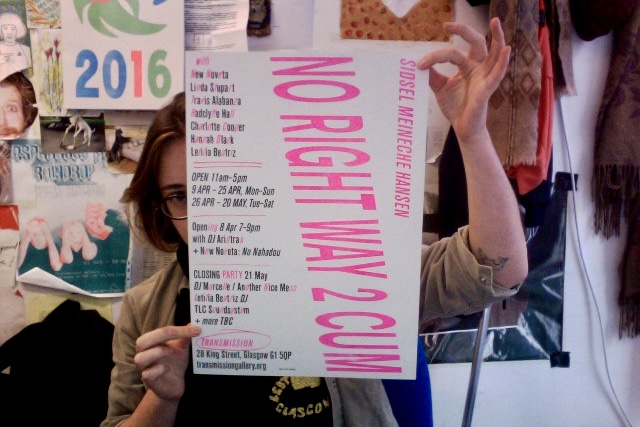WEEK6 ARTIST-LED CURATION

During the week6 seminar, Adam Lewis-Jacobs’s presentation on artist-run spaces provided me with valuable insights into the unique value and operational logic of these platforms. His discussion helped me understand that these spaces are defined by their experimental nature, non-profit orientation, and community-driven practices, which set them apart from traditional commercial galleries or institutional exhibitions. For instance, he highlighted the collective management model of Transmission Gallery and the independent curatorial practices at Gallery Céline, both of which emphasize artistic freedom and encourage challenges to mainstream art paradigms. This insight has inspired me to consider positioning our collective as an “experimental platform” that actively supports underrepresented voices. Since all members of our collective are women, we plan to discuss feminist-related activities at subsequent events.
Adam’s emphasis on collaborative curating and innovative exhibition practices also resonated with me. He discussed strategies like non-traditional exhibition formats, as exemplified by Transmission Gallery’s No right Way 2 Cum, which combines workshops, performances, and discussions to break away from static displays. This approach has encouraged me to think about integrating participatory activities into my own exhibition plans. I now see the potential of incorporating public co-creation sessions or artist talks to transform the exhibition into a dynamic space for dialogue rather than a mere static display.
Another key aspect of Adam’s presentation was the importance of connecting exhibitions to local histories and socio-political contexts. He explained how Scottish artist-run spaces, such as Generator and Rhubaba, are deeply rooted in local issues like gender and class while also engaging with international networks. This insight is particularly useful for our collective planning. It suggests that our exhibition should delve into local cultural narratives, perhaps exploring themes like urban transformation or community stories, while also seeking collaborations with similar small spaces in other cities to broaden our impact.
Inspired by this seminar, I plan to combine the workshop with a temporary library as part of our collective collaboration. Our collective also intends to hold a special meeting to develop a convention for collective activities, outlining member responsibilities, which will help reduce ad hoc decision-making. In conclusion, Adam’s presentation made me realize that the strength of artist-run spaces lies in their imperfectly experimental nature. Our collective does not need to emulate the stability of traditional institutions; instead, we should embrace flexibility, critical engagement, and innovative collaboration as the starting point for a truly subversive artistic practice.
References
No Right Way 2 Cum. Accessed February 28, 2025. https://artmap.com/transmission/exhibition/no-right-way-2-cum-2016.
(https://kaisalassinaro.net/index.php/duunit/no-right-way-to-cum/)





